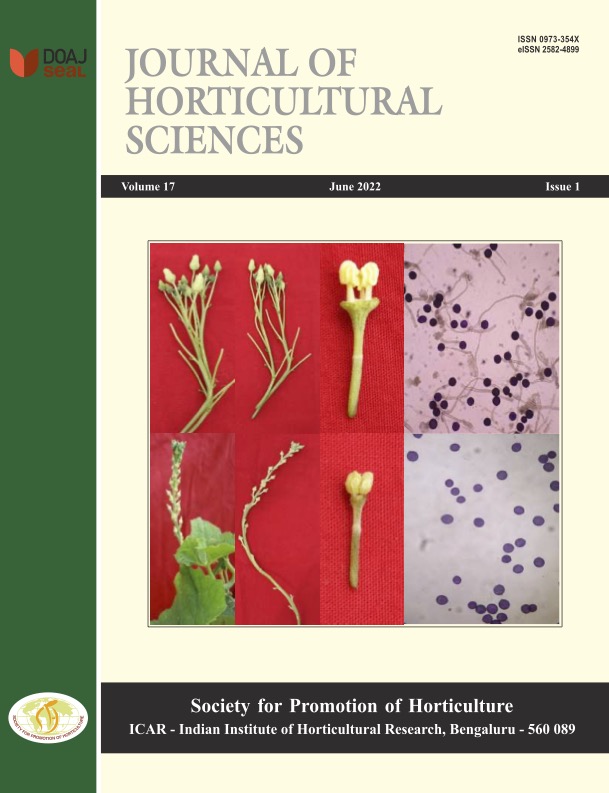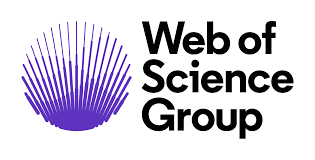Effect of dehydration methods on quality parameters of drumstick (Moringa oleifera Lam.) leaf powder
DOI:
https://doi.org/10.24154/jhs.v17i1.1292Keywords:
Cabinet tray, nutritional properties, pre-treatments, shade drying, sun dryingAbstract
A study was undertaken to assess the suitable drying methods for retention of quality parameters of drumstick (Moringa oleifera Lam.) leaf powder. The experiment was laid out in Factorial CRD involving three methods of drying (T1: Sun drying, T2: Shade drying and T3: Cabinet tray dryer) with three pre-treatments (B1: Unblanched, B2: Blanched with plain water and B3: Blanched followed by KMS dip) replicated three times. All the pre-treatments had significant effect on biochemical characteristics of drumstick leaves. Among the pre-treatments, unblanched leaves (B1) retained higher nutrient contents compared to other pre-treatments. The results of
the investigation revealed that among the three different drying methods, shade dried sample was found to retain better nutritional properties. Significantly maximum values for moisture (11.18 %), ascorbic acid (156.27 mg/100g), vitamin-A (22.71 mg/100g), iron (16.54 mg/100g), oxalate (378.66 mg/100g), antioxidant activity (77.11%) and phenol (140.04 mg/100g) were recorded in shade dried sample. The interaction effect between pre-treatment and drying methods showed variation in results. However, the treatment combination T1B1 (Unblanched sun dried) was found to retain high protein (26.43 g/100g), magnesium (318.70 mg/100g) and potassium (1378.79 mg/100g) whereas T2B1 (unblanched shade dried) showed higher ascorbic acid (179.47 mg/100g), saponin (3.66 %), oxalate (541.47 mg/100g) and antioxidant (80.33 %) than rest of the treatment combinations.
Downloads
Downloads
Published
Issue
Section
License
Copyright (c) 2022 Sahinur Ahmed, Langthasa S

This work is licensed under a Creative Commons Attribution-NonCommercial-ShareAlike 4.0 International License.
Authors retain copyright. Articles published are made available as open access articles, distributed under the terms of the Creative Commons Attribution-NonCommercial-ShareAlike 4.0 International License, which permits unrestricted non-commercial use, distribution, and reproduction in any medium, provided the original author and source are credited. 
This journal permits and encourages authors to share their submitted versions (preprints), accepted versions (postprints) and/or published versions (publisher versions) freely under the CC BY-NC-SA 4.0 license while providing bibliographic details that credit, if applicable.





 .
. 











